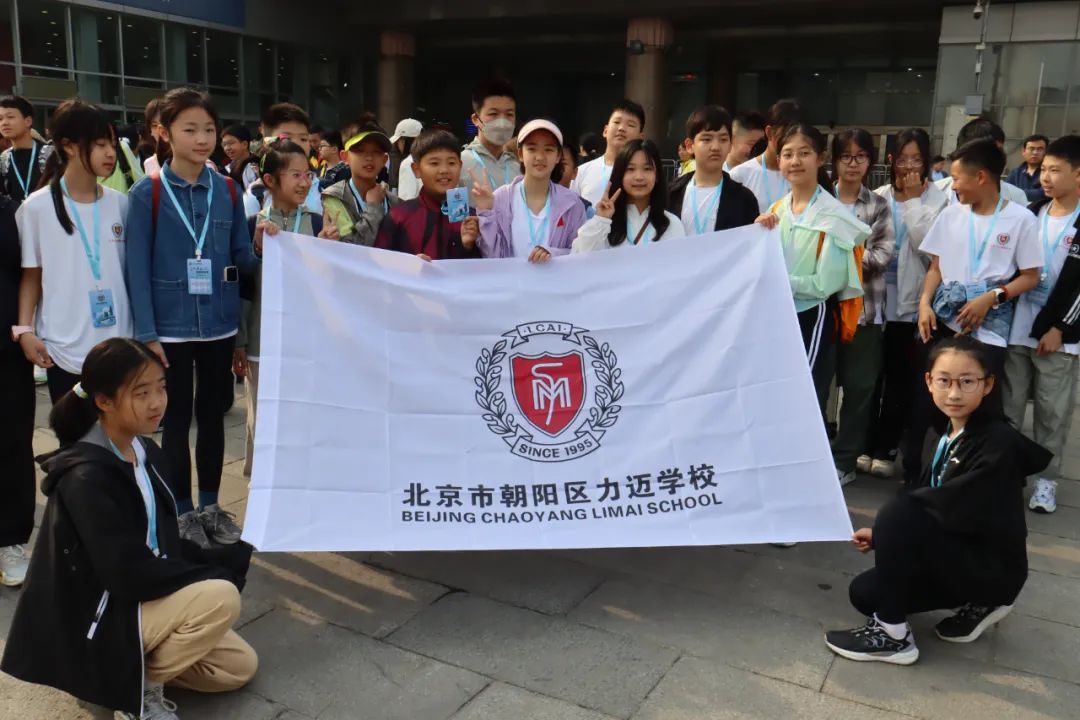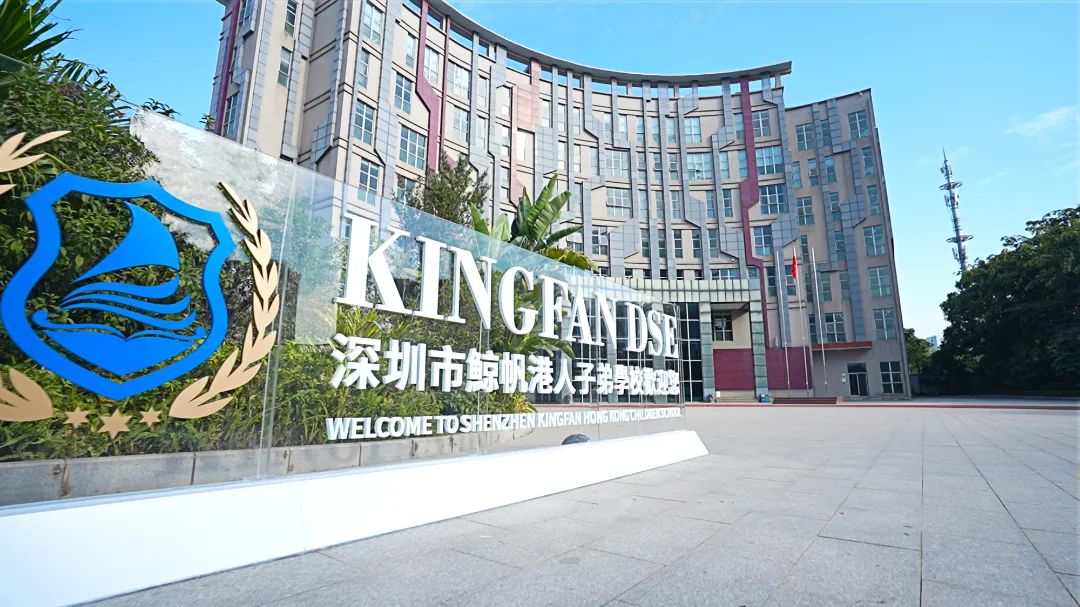If we talk about the most popular teaching methods in the world today, "Project-based Learning" should be one of the most. In recent years, the impact of Project-based Learning on traditional education has become increasingly strong, and it is not only widely used in many leading countries, including the United States, the United Kingdom, Finland, Italy, Australia, etc., but also it has become one of the important components of the New Curriculum in China.
This has made more and more parents curious about what is this teaching method that covers everything from theory to practice. What are its advantages over traditional education? How is it designed and how does it fit into ACZS International High School?
*This article is about 3,000 words and will take about 10 minutes to read.
Why Project-based Learning?
The traditional teaching mode of the 20th century: rote memorisation, focus on test-taking, and survival of the fittest, does not help all students to stand out in the 21st century. Therefore, both domestic and international educators have turned their attention to Project-based Learning, which is capable of stimulating students' enthusiasm for learning and empowering them with the key competencies.
Unlike the traditional subject-based, teacher-delivered teaching model, Project-based Learning emphasises students' active learning. By setting different project themes to relate learning to real life questions, tasks, and challenges, it encourages children to work in groups to conduct independent inquiry, collect information, filter and analyse, design and summarise, and ultimately present the topic objective in a variety of creative forms. In Project-based Learning, students are not only exposed to interdisciplinary knowledge learning, but more importantly, it helps them to gradually build up the core competencies of the 21st century, including teamwork, critical thinking, leadership skills, creative thinking, expressive skills, and social-emotional competencies.
Five Features of Project-based Learning
1、Problem-driven: Learning begins with a problem that needs to be solved, called a driving question. The problem must be a "real world" problem that students are likely to encounter, with no set method or process for solving it.
2、Faces a real situation: The student explores the driving question in a real situation and solves the problem in a way that resembles the research process of a subject matter expert. Shift from teaching-centered to learning-centered.
3、Working Together: Teachers, students, and community members participate in collaborative activities to find solutions to problems together, solving problems with experts, similar to the social situations in which they find themselves. Favors cooperative group learning and self-directed learning, and learners are able to develop a variety of competencies through social interaction.
4、Scaffolding for students: Learning techniques provide scaffolding for students to help them enhance their competencies as they engage in activities. The role of the teacher is that of a coach who instructs cognitive learning techniques, changing from teaching knowledge, to teaching students to learn to learn.
5、Shareable outcomes: students are expected to be able to create a viable set of products that solve a problem. They are the results of classroom learning and can be shared publicly.
International High School Project Week
As one of the most multicultural departments in the school, with a focus on educational innovation, the International High School not only incorporates Project-based Learning into its daily curriculum, but recently held a week-long Project Week on the topic of "The Evolution of Transportation".
Based on the unique House system, students participated in three Houses: namely Einstein, Newton, and Aristotle, and through the subsequent subdivision of the Houses into study groups of 2-3 students. Each student was encouraged to fully express his/her own ideas in this Project Week. After many days of exploration and group work, the students also finally got on stage at the end of the event and shared a history of transportation evolution across centuries in a variety of ways, including PPT, poster, and model making.
Once the project was announced, the first challenge faced by the students was the division of labor. Some were good at drawing, some have an English language advantage, and some were knowledgeable about the use of technology and the Internet. So, how could they make the best use of their talents and make breakthroughs in their respective fields of specialization? Thinking about unique individuals and the spirit of teamwork helped to solve this problem, and the students quickly decided on a direction for their exploration of transportation and its past history through a brainstorming session.
Einstein House made the bus one of the themes of their Project Week, and the first thing they considered was who was the inventor of this great form of public transportation. Meanwhile, Newton's students traced the origins of the Wright Brothers' invention of the airplane, based on their love of airplanes. Different from land and air transportation, Aristotle's topic of research was even more striking: how did the massive submarine get into the water? And in what scenarios was it first used?
After completing the exploration of the history of transportation, the students delved into modern society on the second day. In the face of the rapid changes brought about by the times, it was inevitable that some students were unable to find a clear direction for a while. Fortunately, with the rational use of the Internet, library books, and other diversified search channels, the progress of the three Houses' investigations was improved by leaps and bounds.
Thanks to the modern tools and teamwork, the children's thinking expanded in many dimensions. For example, Newton students analysed the optimisation of the modern airplane, and when they encountered doubts, they went straight to the playground to conduct an exciting flight test; Aristotle House was interested in the history of racing cars, so they started with the modern F1 drivers and compared the performances of historical versus modern racing cars with the close emphasis on the differences in design. Einstein House, in addition to the researching the modern use of buses, also considered them from the environmental and economic point of view, resulting in enlightening discussion on the environmental issues caused by using petroleum as a source of energy to power buses.
"The future car will be fully taken over by AI; driving convenience, comfort, and safety are seen to get a qualitative leap." "The plane may not have a big revolution in a short period of time, but based on the trend of globalisation, the air delivery between big countries will be popularised on a large scale. " "In addition to the maglev train, I believe that the future train can not only realise the speed breakthrough, but also it will more likely be trackless or even become an air shuttle."
The future always triggers people's infinite reverie. Students who came to the third day started to show their unique skills. Whether it was poster design, video presentation, PPT, handmade models, as more and more ways of thinking and exploring were blended together, students were truly enthusiastic about learning from ‘outside the box’ thinking. More importantly, in the course of practicing and collaborating, they experienced and practiced key skills needed for their future studies, career, and even for society.
Day4 - Presentation and Summarise
Both the students and the teachers were looking forward to the results of the extensive research. Presentations to summarise the results of the project were organised at the end of the Project Week, focusing on the development of the students' English speaking skills, self-confidence, and expression skills.
Around the three themes of Mercedes-Benz cars, Airplanes, and Buses, three groups from Einstein House, almost fluent in English, quickly turned the pages of the fascinating history of human transportation. "The earliest Mercedes-Benz car logo was in the shape of a gear." "The origin of jet airplanes is inextricably linked to the Second World War." "The first bus was powered by a horse! " The many days of research gave the students a deep grasp of information that even their teachers were not aware of, and the combination of question-based interactions made presentations even more engaging.
The judges were shocked when the children revealed a 1-meter-long model of an airplane. In just a few days, the students had made an entire airplane frame with their own hands and understanding of airplanes, using only some secondary recycled cardboard. The confidence, creativity, and critical thinking that students gained during the Project Week were evident in their presentations.
Also focusing on Automobiles and Airplanes, Newton House's presentation gave us a very different perspective. For example, in exploring the history of the airplane, they looked beyond the Wright Brothers to the 16th century, following Da Vinci's conception of flight inspired by the wings of birds. In the case of the automobile, students took the contradictory arguments of "the significant economic impact of automobile transportation development" and "the primary environmental challenges facing the future of the world's automobiles" and combined them into creative posters and videos to provide more constructive ideas for the development of the industry.
In the presentation of "Trains" by another group from Newton House showed not only the history of train development in three dimensions: past, present and future, but also unique insights into engineering breakthroughs. From the external shape of the train to its internal structure, the judges felt as if they had actually been involved in the invention of the train.
Submarines and F1 cars, the niche choices of transportation themes, were destined to make us look forward to Aristotle's presentations. Through in-depth research into the history of development, rigorous scientific investigation, and imaginative teamwork, the students created a life-size model of a submarine. Such a visually stunning piece of work, complemented by the rich story behind it, made the entire presentation, engaging, intertwined, and interactive.
The other Aristotle group of presenters, focusing their exploration on F1 racing, likewise gave an extremely entertaining presentation. "The birth of F1 promotes the development of automobile manufacturing technology, including power and fuel efficiency." For the first time, the group presented in English; they did not show any nervousness, but rather, they were very relaxed in popularising the multi-dimensional effects of F1 racing on the world development. But what surprised us most was the students' understanding of interdisciplinary knowledge. In their presentation, they combined their professional knowledge of aerodynamics and engineering with real-life driving examples to vividly explain the design principles of F1 cars and their own unique insights into automobile design.
Sharing by Students after Project Week
Q1: What is the difference between
project-based learning and daily study?
The difference between daily study and project basic learning is that it allows me to improve my research, problem solving, and teamwork skills with a range of engaging activities. Through accomplishing demanding tasks, like poster design, PowerPoint creation, and conducting a survey, I gained a lot of useful real life experience.
Q2: What was the biggest challenge
you faced in this project?
The challenge was that I had no idea where I should get to start initially. However, thanks to timely guidance with my House tutor, we started to assign different tasks after discussion with my team members. During the project, I discovered the shining points of each student, and I realised the importance of cooperation with others, making us more united.
Q3: What have you learned the most
from this Project Week?
I gained two abilities from project week. First, I improved my hands-on skills by model making. Second is creativity. In poster making, we needed to consider how to design its structure and match colour to better show what we found in our research.





